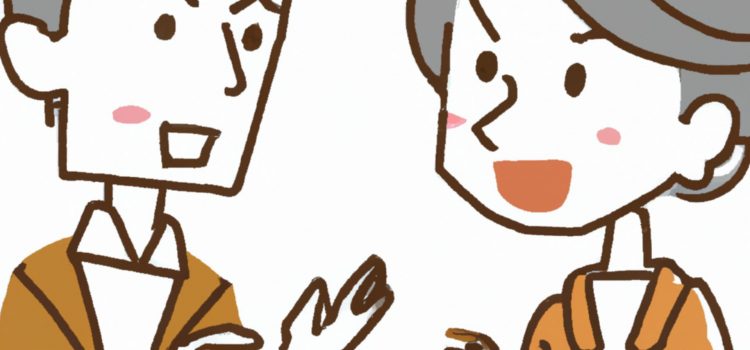How is Verbal Judo applied to law enforcement? What happens when police officers practice empathy? Law enforcement trainer and English professor George Thompson wrote Verbal Judo to explain how to handle any tense situation calmly. He argues that, in a high-pressure situation, it’s most effective to act as if you’re practicing judo. Keep reading to learn about Verbal Judo for law enforcement.
Verbal Judo for Law Enforcement: Using Words, Not Force










